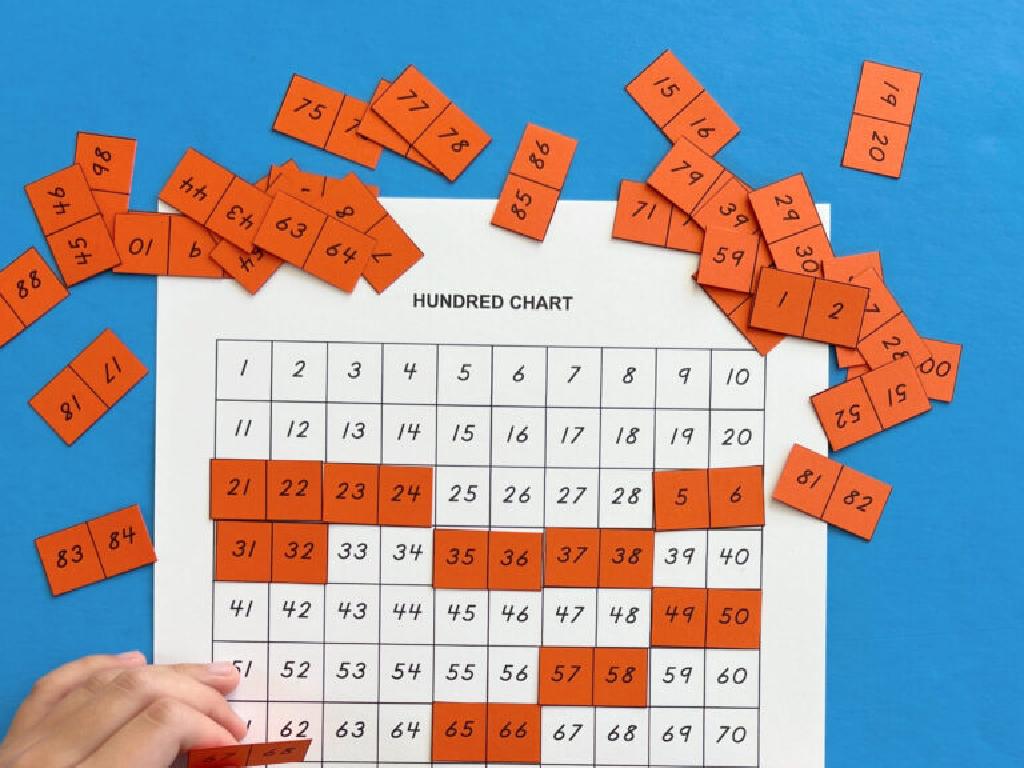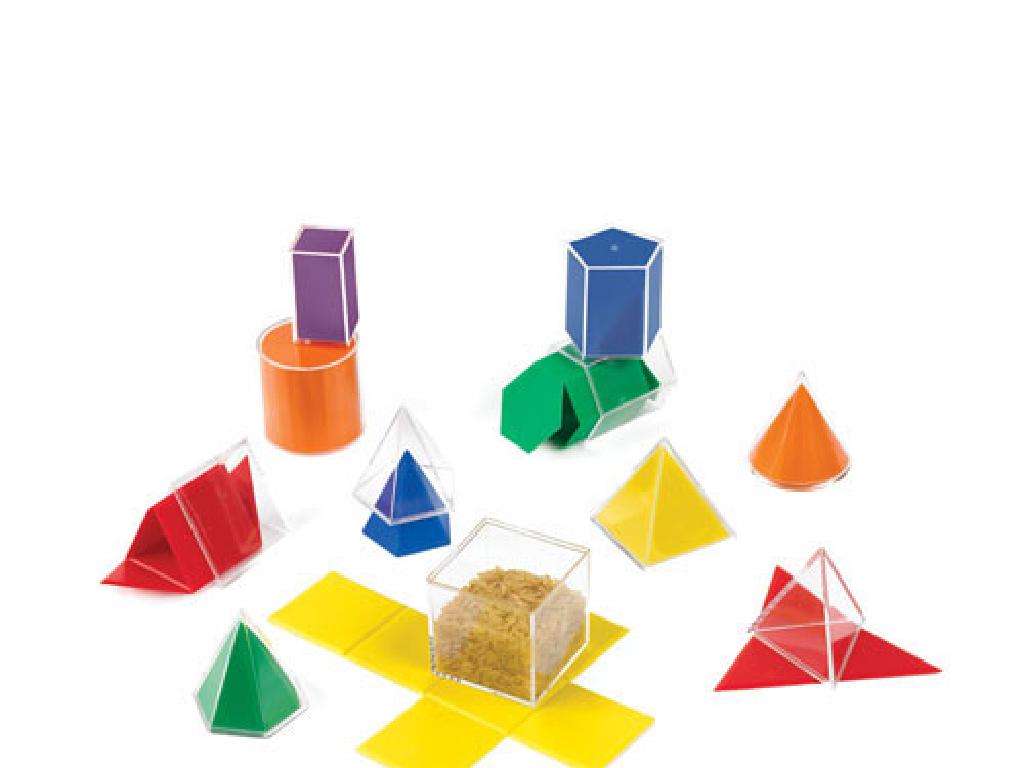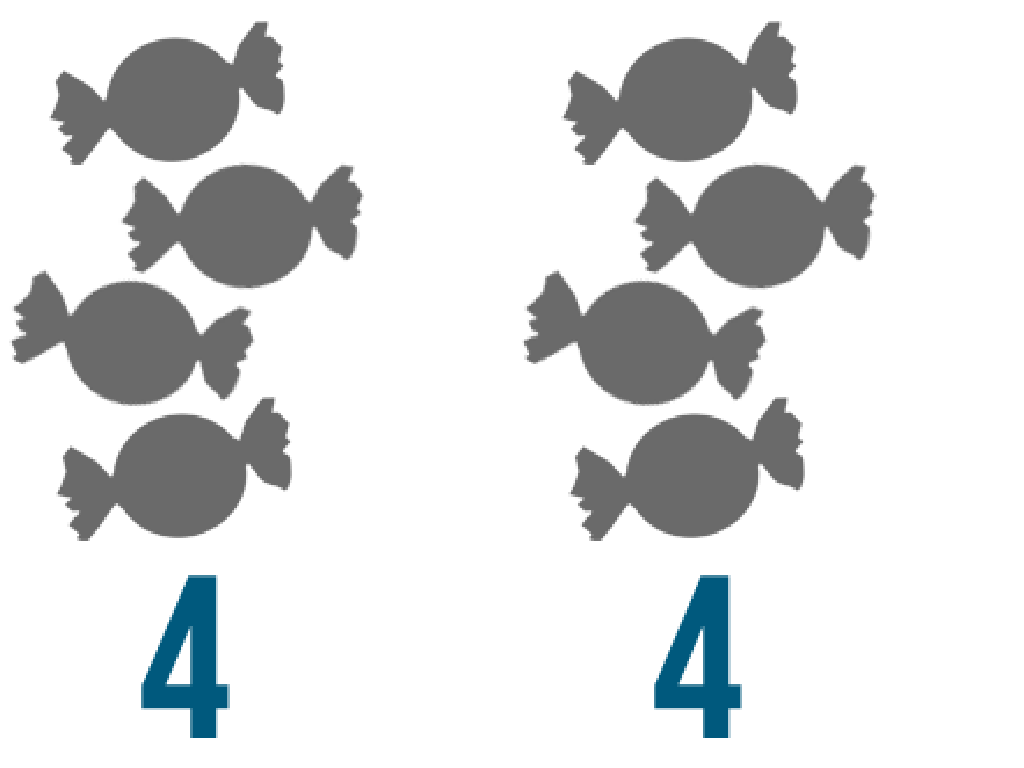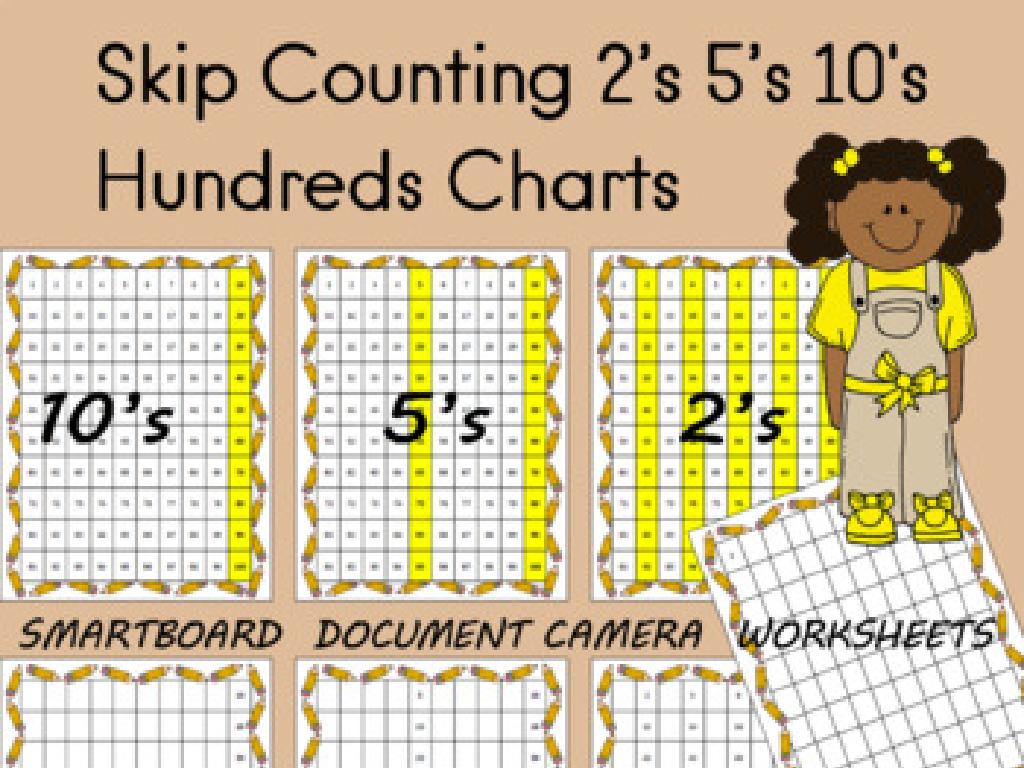What Is Economics?
Subject: Social studies
Grade: Third grade
Topic: Basic Economic Principles
Please LOG IN to download the presentation. Access is available to registered users only.
View More Content
Welcome to Economics!
– What is Economics?
– Economics is the study of how people choose to use resources.
– Wants vs. Needs
– Wants are things we would like to have, like toys; needs are things we must have, like food.
– Making Choices
– Every day, we make choices on what to buy or do with our money and time.
– Limited Resources
– We can t have everything we want, so we must choose carefully.
|
This slide introduces the basic concept of economics, which is an essential part of social studies for third graders. Begin by explaining that economics is all about making choices on how to use our limited money and resources. Discuss the difference between wants (desires) and needs (essentials for survival), and how sometimes we have to make tough choices because we can’t have everything. Use relatable examples like choosing between buying a new toy or saving money for a school trip. This will help students understand the value of prioritizing and decision-making in everyday life.
Understanding Wants vs. Needs
– What are ‘Wants’?
– Wants are things we wish for, like toys or games.
– What are ‘Needs’?
– Needs are essentials for survival, like food and water.
– Examples of Wants and Needs
For example, a want might be a video game, while a need is a meal.
– Let’s talk about it!
|
This slide introduces the basic economic concepts of wants and needs to third-grade students. Begin by explaining that wants are things we desire to have, which can include toys, games, or anything that makes us happy but isn’t necessary for our survival. Needs, on the other hand, are things we must have to live, such as food, shelter, and clothing. Provide relatable examples for each and encourage students to think of their own examples. Facilitate a class discussion to help them differentiate between the two, and understand why it’s important to know the difference. This will lay the groundwork for future lessons on prioritizing spending and budgeting.
Goods and Services: Economic Basics
– What are Goods?
– Items you can touch, like toys and food
– What are Services?
– Help or work done for others, like teaching
– Differences between Goods and Services
– Goods are things, services are actions
– Examples to illustrate
– Goods: A sandwich; Services: A haircut
|
This slide introduces the concept of goods and services, which are the foundation of economics. Goods are tangible items that satisfy our wants and needs, like books, pencils, or snacks. Services are activities provided by others, such as a doctor’s check-up or a bus driver’s transportation. It’s important to help students recognize the difference by using clear examples they encounter in daily life. For instance, buying a cookie (good) versus paying for someone to clean up (service). Encourage students to think of more examples and discuss how goods and services are part of everyday transactions.
Scarcity and Making Choices
– Understanding Scarcity
– Scarcity means not having enough of everything for everyone.
– Why we can’t have everything
– Because resources are limited, we have to choose some things over others.
– Making choices in life
– Every choice has a cost; choosing one thing means giving up another.
– Learning about Opportunity Cost
– Opportunity Cost is what you miss out on when you choose one thing over another.
|
This slide introduces the concept of scarcity and its impact on decision-making, which is a fundamental principle in economics. Scarcity exists because resources are limited, and as a result, people cannot have everything they want. This leads to the need for making choices. When we make a choice, we face the concept of opportunity cost, which is the next best thing we give up when we make a decision. Use relatable examples for third graders, such as choosing between buying a toy or a book with their allowance, to illustrate these concepts. Encourage students to think about their own choices and what they have given up when they chose something else.
Exploring Economic Resources
– Types of resources: Natural, Human, Capital
– Natural: Water, trees; Human: Teacher, doctor; Capital: Money, buildings
– Importance of resources in economics
– Resources are needed to make goods and provide services
– Examples: Water, Teacher, Money
– Natural: Rivers, forests; Human: Education; Capital: Tools, machines
– How resources affect our daily lives
|
This slide introduces students to the concept of economic resources, which are the assets used to produce goods and services that meet human needs and wants. There are three main types of resources: natural (like water and trees), human (like the work of a teacher or doctor), and capital (like money and buildings). Understanding the role of these resources helps students grasp how economies function and the importance of resource management. Provide examples for each type of resource and discuss how they play a part in everyday life, such as how water is used to grow food, or how education is necessary for certain jobs. Encourage students to think of more examples and consider how different resources impact their own lives.
Understanding Supply and Demand
– What is Supply?
Supply is how much of something is available, like toys in a store.
– What is Demand?
Demand is how much people want something, like a popular new toy.
– Effects on Prices
If many people want a toy but there’s only a few, the price may go up!
– Balancing Act of Economy
|
This slide introduces the basic economic concepts of supply and demand to third-grade students. Begin by explaining supply as the amount of goods available, using relatable examples such as the number of toys a store has. Then, discuss demand as the desire for these goods, like how many children want a particular toy. Illustrate how supply and demand interact to determine prices; for instance, if a new toy is in high demand but in limited supply, the price might increase. Emphasize that understanding this balance helps us make smart choices as consumers. Encourage students to think of examples and ask questions to ensure comprehension.
Exploring Economic Systems
– Types of Economic Systems
– Different ways countries manage money and resources
– What is a Market Economy?
– People make and buy what they want
– What is a Command Economy?
– The government decides what to make and sell
|
This slide introduces students to the concept of economic systems, which are the ways that countries organize and manage their resources and finances. There are several types of economic systems, but we focus on two: market and command economies. In a market economy, individuals and businesses make their own decisions about what to produce and purchase. In contrast, a command economy is controlled by the government, which makes all the decisions about production and distribution. Use examples like a lemonade stand for a market economy (deciding on price and quantity to sell) and a school cafeteria for a command economy (where the menu is decided by the school). This will help students understand the differences in a relatable context.
Our Role in the Economy
– We are all part of the economy
– Being a consumer and worker
– Buying things makes you a consumer, working earns money
– Saving is important too
– Saving money helps us buy big things later
– Making smart money choices
– Think before you buy: Do I need it? Can I afford it?
|
This slide aims to teach students about their personal connection to the economy and how their actions impact it. They participate in the economy daily through various roles such as consumers when they purchase goods, as workers when they or their family members perform jobs, and as savers when they keep money for future use. It’s crucial to instill a sense of responsibility in making economic choices, emphasizing the importance of thoughtful spending and saving. Encourage students to discuss ways they have participated in the economy, perhaps through chores for allowance, spending on toys, or saving in a piggy bank. This will help them understand the value of money and the basics of economic principles.
Class Activity: Economic Choices Game
– Understand economic choices through a game
– You’ll receive scenarios to choose from
– Discuss your choices and outcomes
– Why did you choose that? What happened next?
– Learn how choices impact economics
– Every choice in economics can lead to different results
|
This interactive game is designed to help students grasp the concept of making economic choices. Provide each student with different scenarios that involve making a choice, such as deciding between saving or spending money, or choosing between different goods with limited resources. After making their decisions, students will discuss the potential outcomes of their choices with the class. This will help them understand the consequences of economic decisions and the basic principle that resources are limited, and choices must be made. Possible scenarios for the activity could include choosing between buying a toy or saving for a larger item, deciding what to do with a found dollar, or choosing how to spend their time after school. The goal is to make them realize that every choice has an opportunity cost and to start thinking critically about their personal economic decisions.






